Search
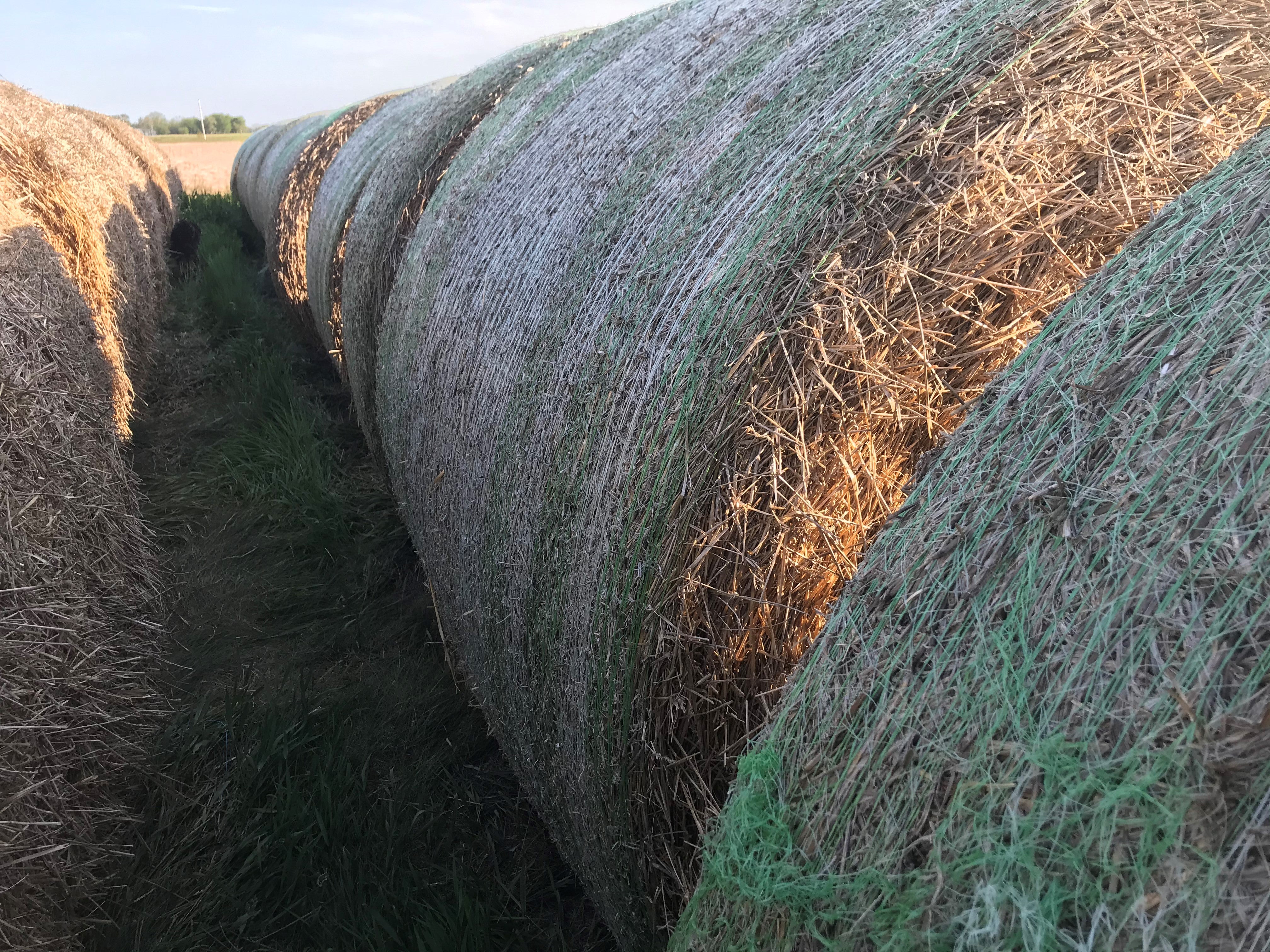
Learn about forage rye, livestock feed at Northern Plains Forage Association annual meeting
November 06, 2024
South Dakota State University Extension encourages producers to attend the Northern Plains Forage Association annual meeting and seminars, which will feature forage-related education and research.
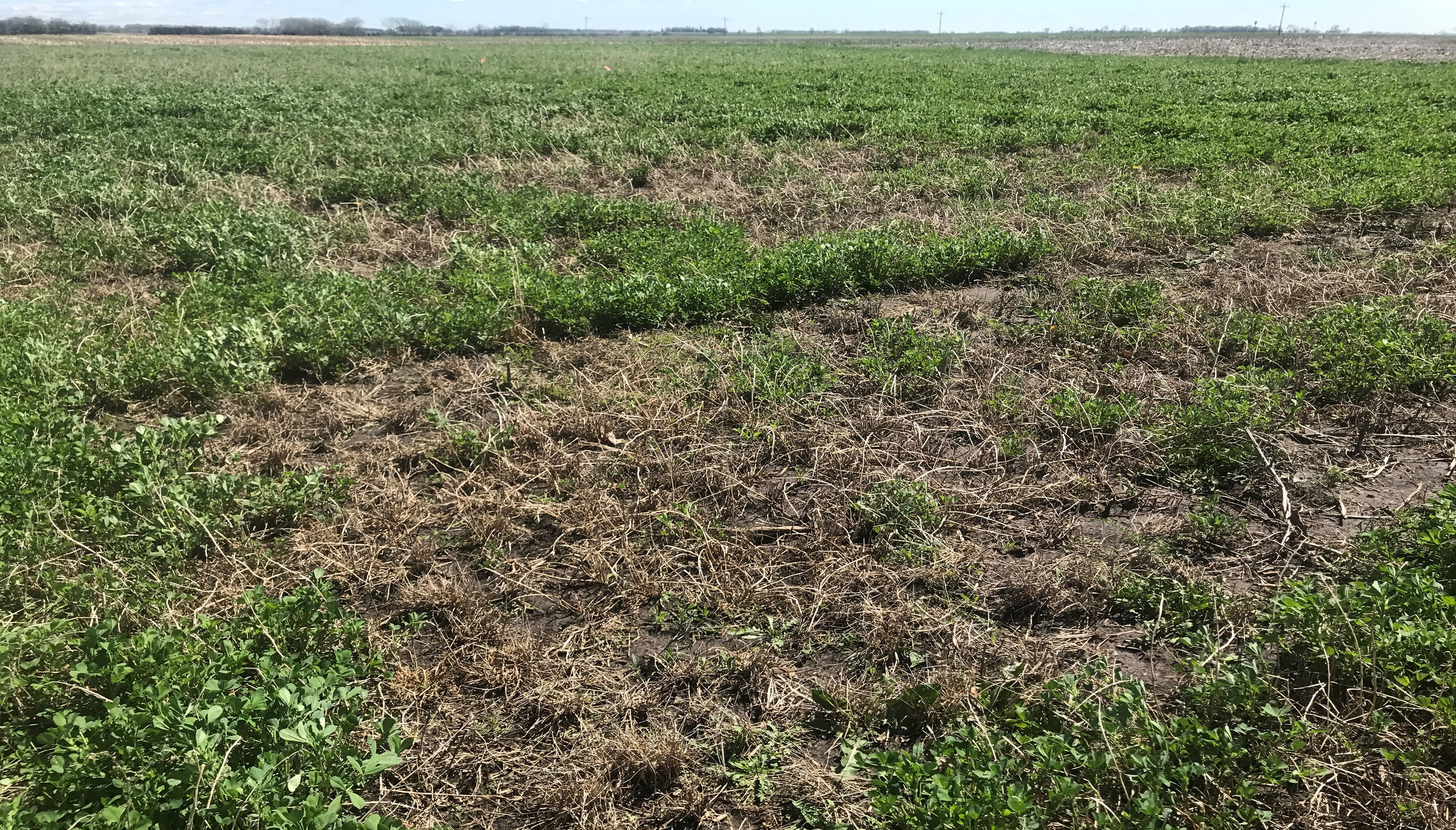
Dealing With Alfalfa Winter Kill
Winter kill and general stand loss of alfalfa has specifically been of concern in many parts of South Dakota the last two years. Most observed alfalfa winter kill is due to low, wet or flooded areas where plants were suffocated and died over the winter.
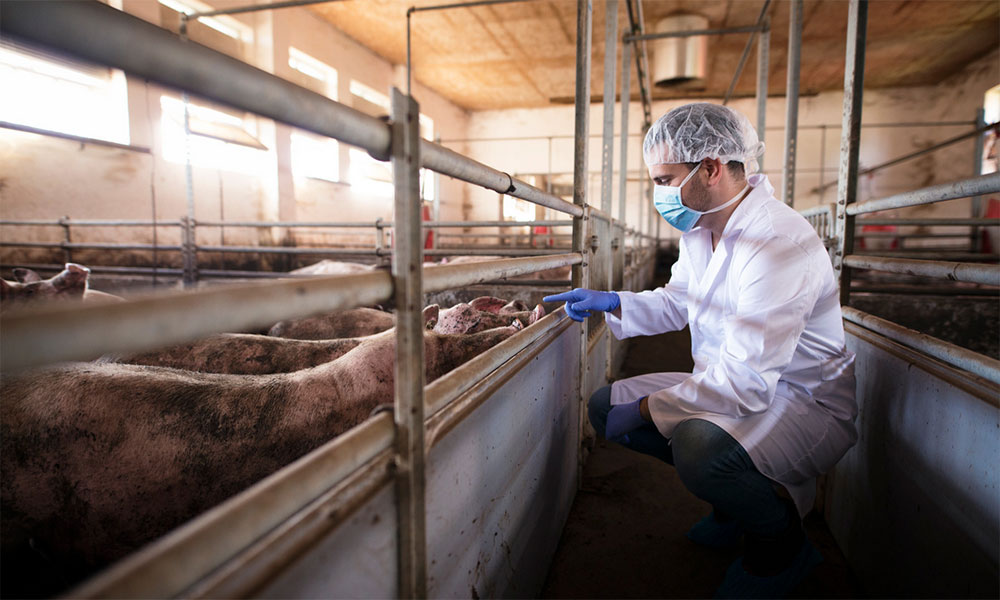
COVID-19 Safety Guidelines for Essential Swine Industry Employees
America’s pig farmers doing the right things to protect people, pigs, and the planet continue, even during this challenging time.
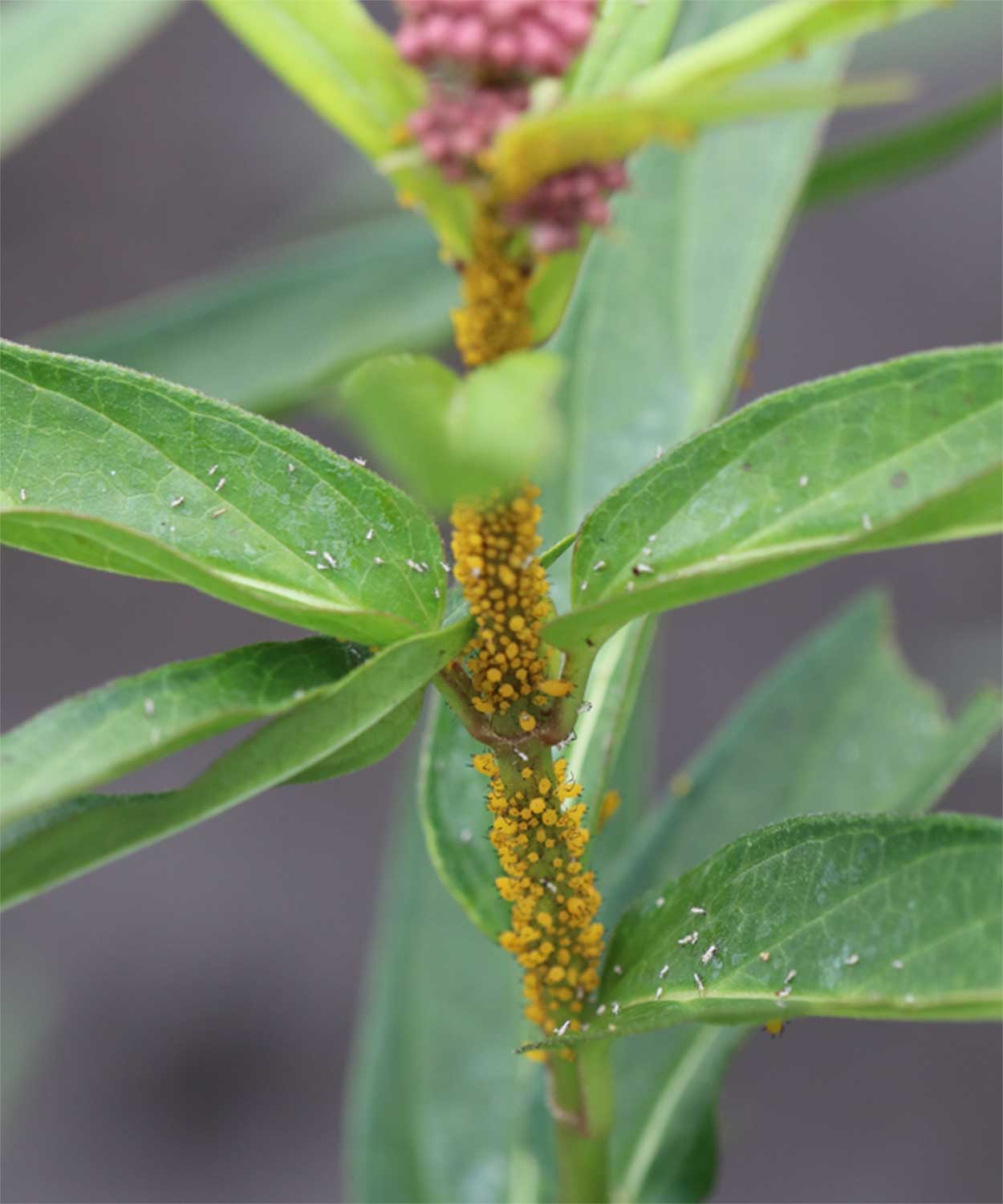
Are Aphids on Milkweed Really a Bad Thing?
This year, we’ve noticed large populations of aphids on swamp milkweed plants and we’ve identified them as the oleander aphid (Aphis nerii), which is sometimes referred to as the milkweed aphid.
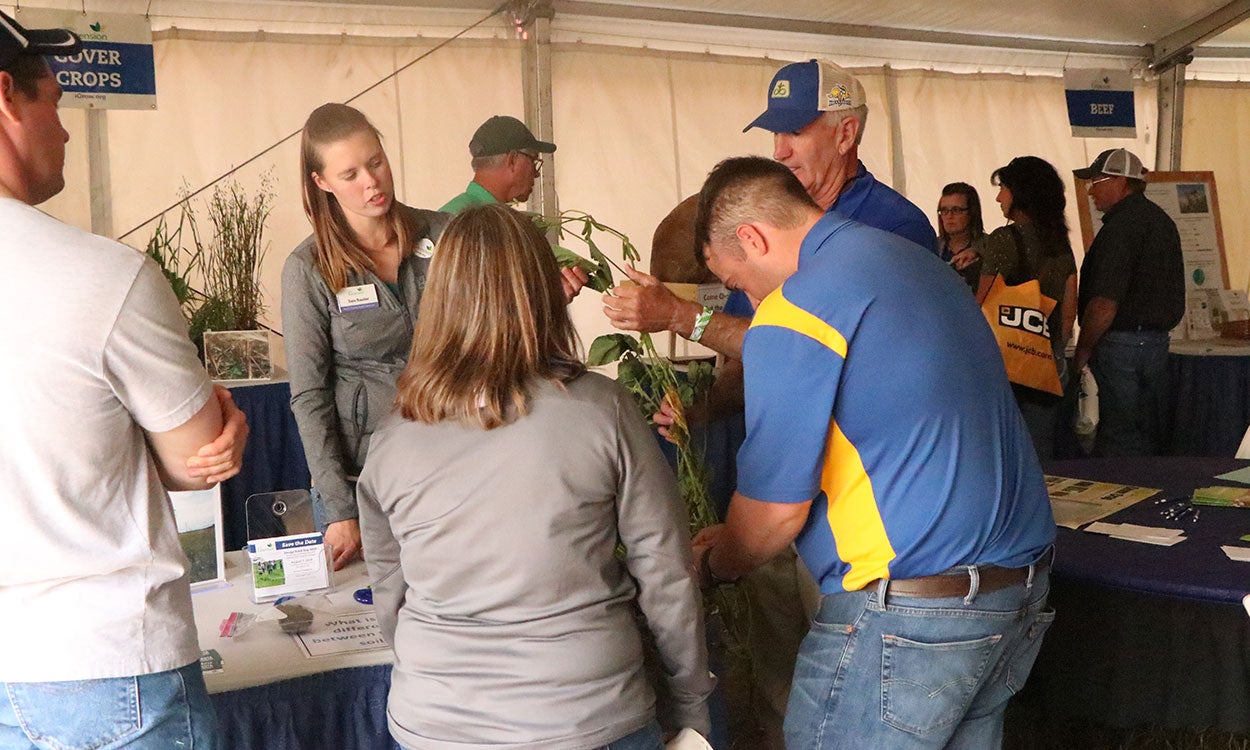
SDSU Extension to Host Informational Sessions at Dakotafest
August 05, 2022
Producers are invited to visit the SDSU Extension booth at Dakotafest August 16-18 in Mitchell, South Dakota.

Getting Ready for School!
Where did summer go? Several schools are starting soon. By taking some proactive steps, you can set yourself up for a healthy, successful start to the new school year.
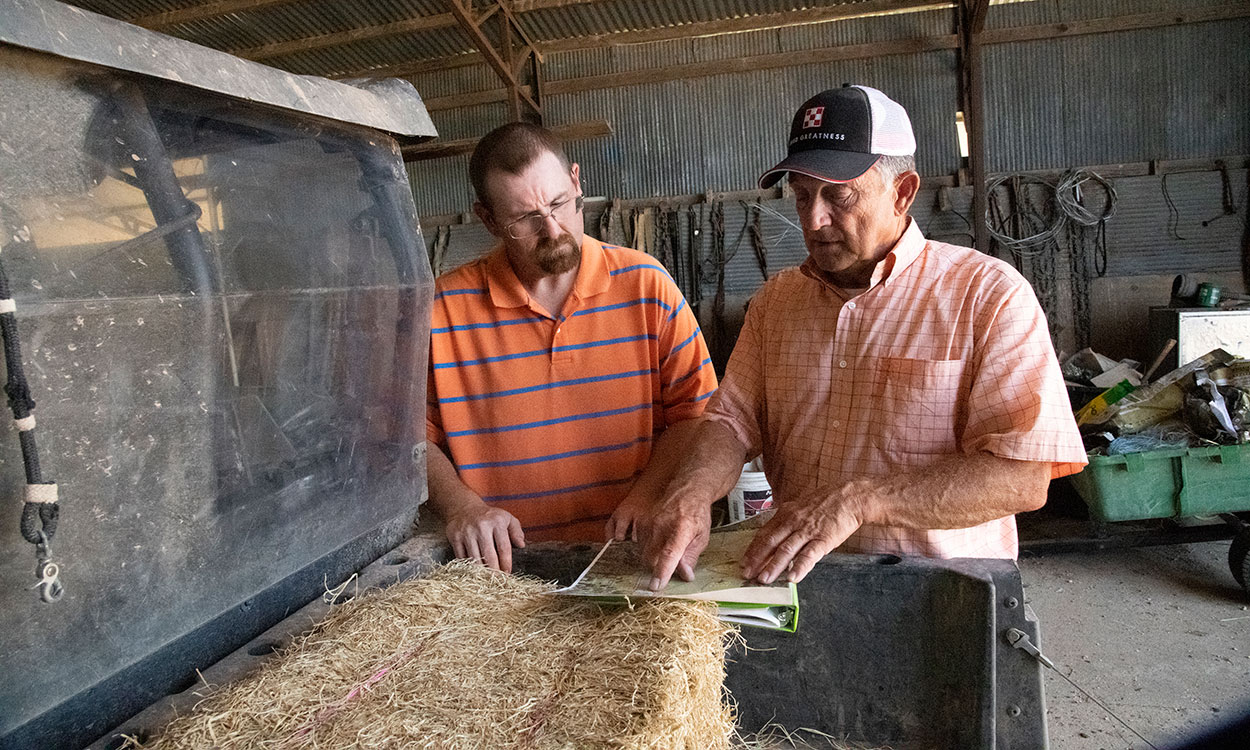
Hay Harvest Contracting
For those landowners who typically lease or harvest grasslands for hay, contracting for services is a learned business that can have local variations in how the grass and associated services are valued.
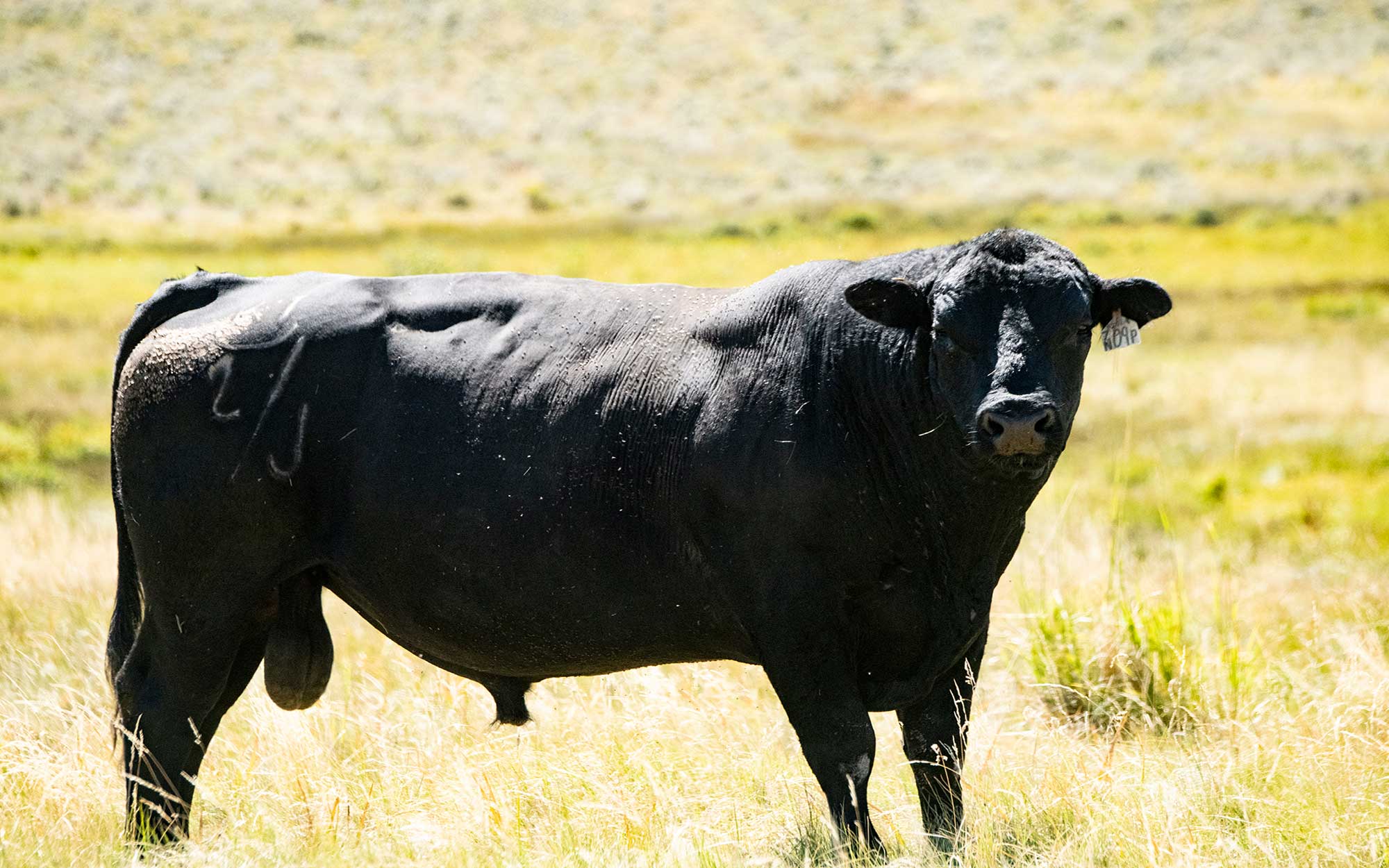
How Many Bulls Do You Need When Synchronizing With Natural Service?
The use of estrous synchronization with natural service provides an opportunity to utilize the benefits of synchronization. However, the first question producers ask is, “How many more bulls do I need?”
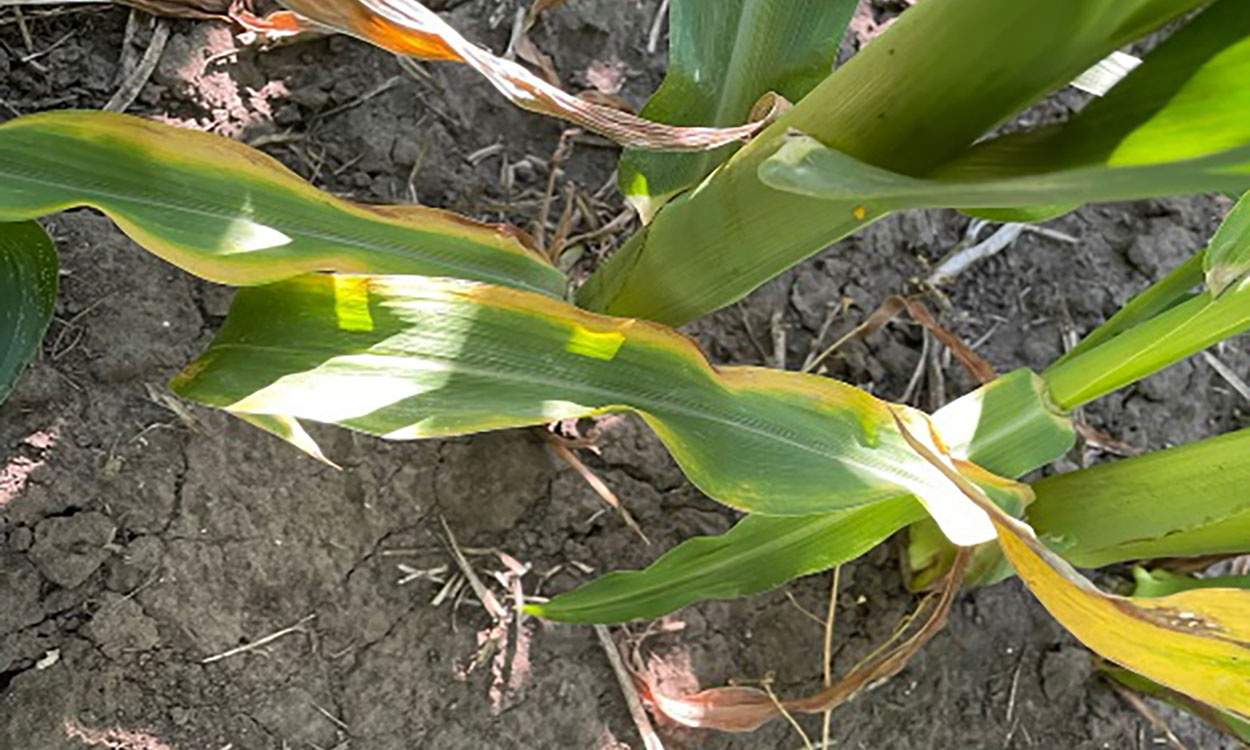
Corn Potassium and Drought
For many crop producers, potassium deficiency has become an increased concern, and this year’s drought conditions have resulted in potassium deficiency symptoms showing up in fields where it would normally not occur.
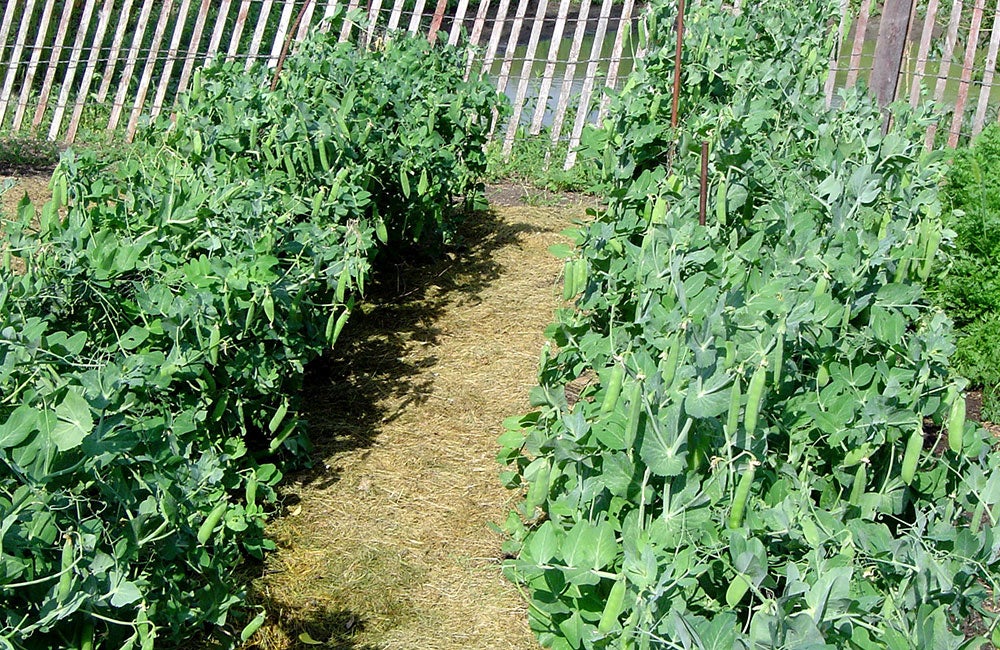
Garden Peas
Peas are one of the first vegetables to be planted in the spring, as they enjoy cooler weather.